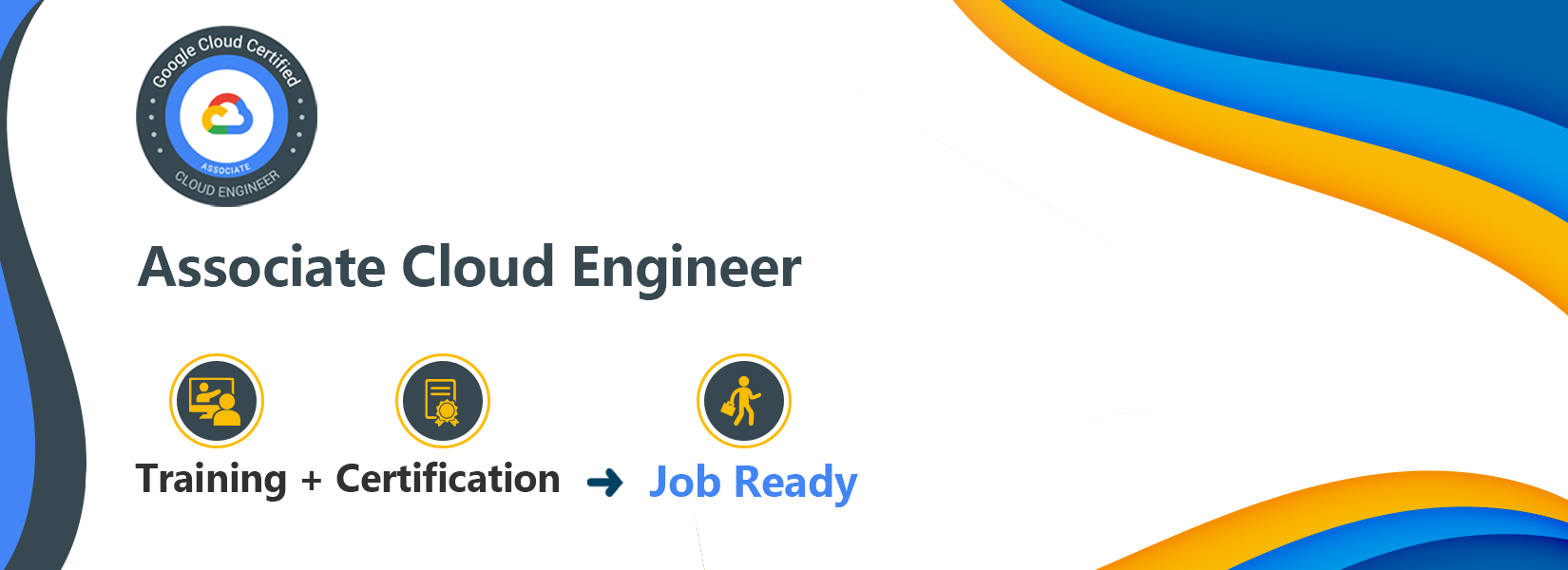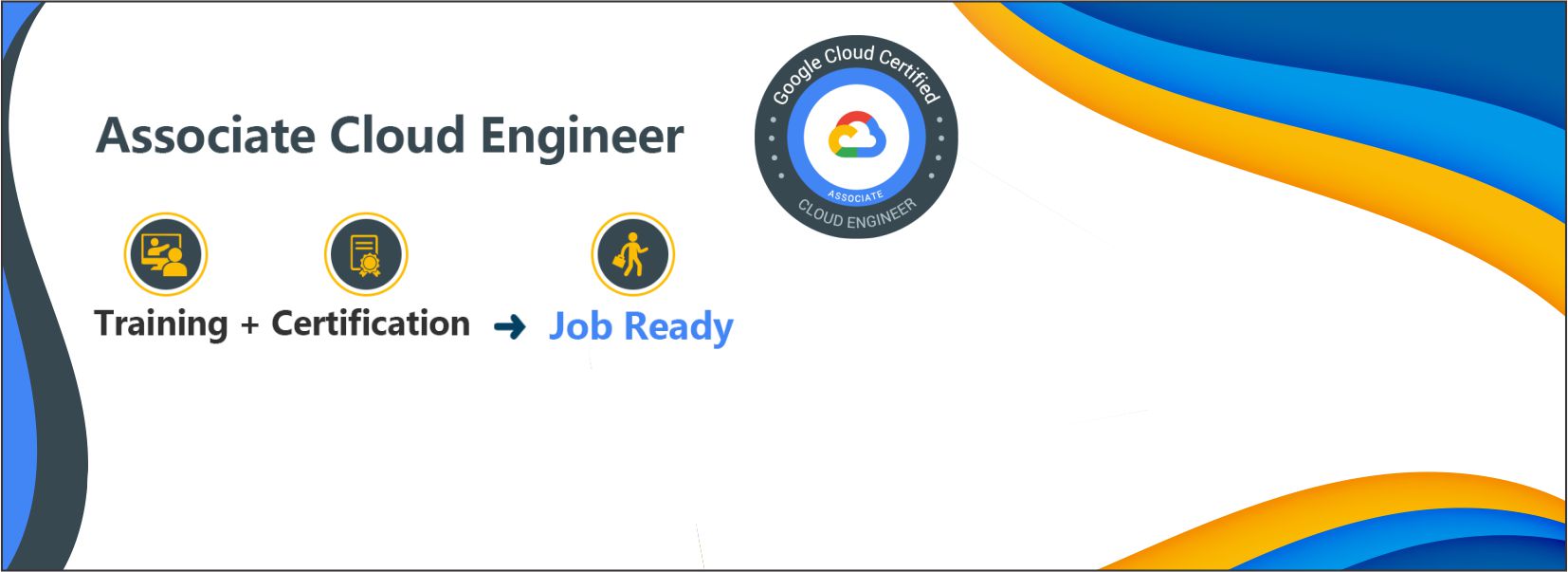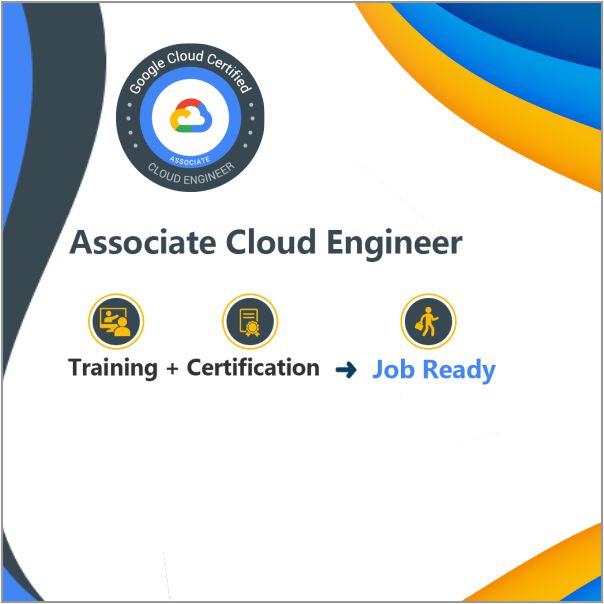Associate Cloud Engineer
An Associate Cloud Engineer deploys and secures applications and infrastructure, monitors operations of multiple projects, and maintains enterprise solutions to ensure that they meet target performance metrics. This individual has experience working with public clouds and on-premises solutions. They are able to use Google Cloud Console and the command-line interface to perform common platform-based tasks to maintain and scale one or more deployed solutions that leverage Google-managed or self-managed services on Google Cloud.
Course Details:
1. Setting up a cloud solution environment
- Setting up cloud projects and accounts. Activities include
- Managing billing configuration. Activities include
- Installing and configuring the command line interface (CLI), specifically the Cloud SDK (e.g., setting the default project).
2. Planning and configuring a cloud solution
- Planning and estimating Google Cloud product use using the Pricing Calculator
- Planning and configuring compute resources. Considerations include
- Planning and configuring data storage options. Considerations include
- Planning and configuring network resources. Tasks include
3. Deploying and implementing a cloud solution
- Deploying and implementing Compute Engine resources. Tasks include
- Deploying and implementing Google Kubernetes Engine resources. Tasks include
- Deploying and implementing Cloud Run and Cloud Functions resources. Tasks include, where applicable
- Deploying and implementing data solutions. Tasks include
- Deploying and implementing networking resources. Tasks include
- Deploying a solution using Cloud Marketplace. Tasks include
- Implementing resources via infrastructure as code. Tasks include
4. Ensuring successful operation of a cloud solution
- Managing Compute Engine resources
- Managing Google Kubernetes Engine resources
- Managing Cloud Run resources
- Managing storage and database solutions
- Managing networking resources
- Monitoring and logging
5. Configuring access and security
- Managing Identity and Access Management (IAM)
- Managing service accounts
- Viewing audit logs





